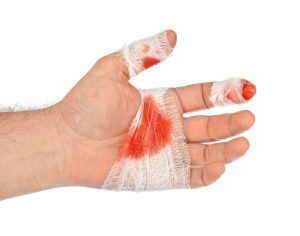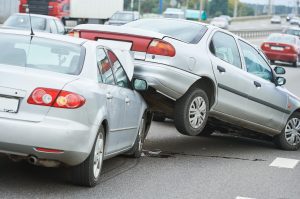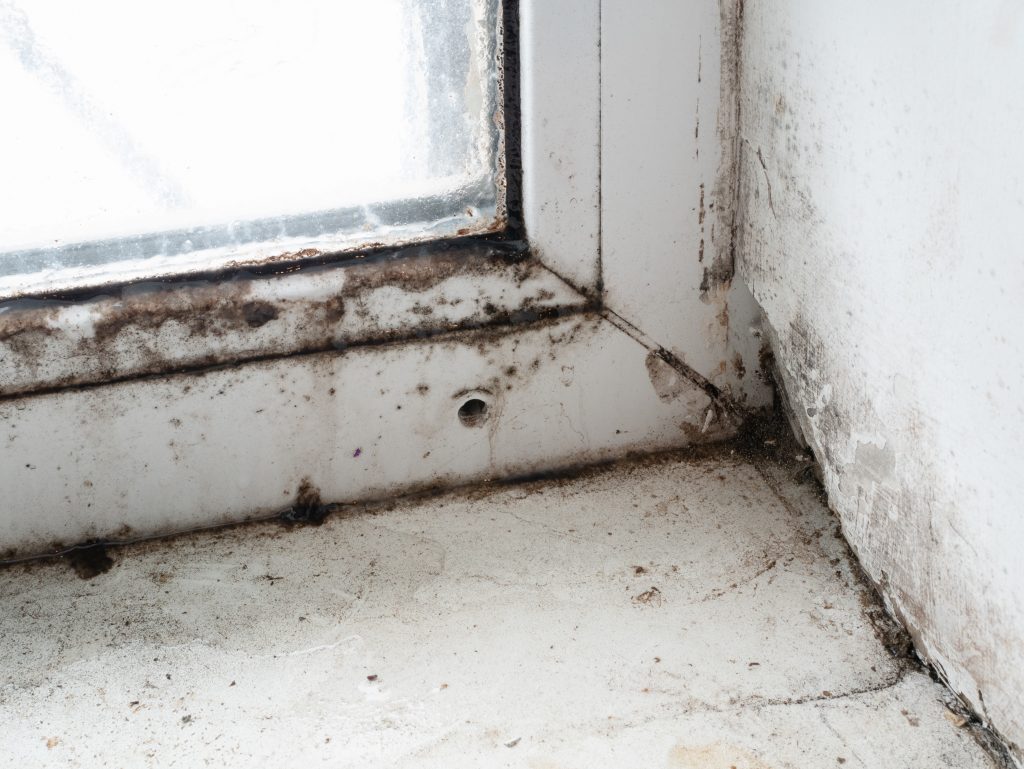Last Updated On 25th April 2025. If you have injured your hand and this was someone else’s fault, you might be entitled to claim compensation. There are a variety of accidents that could lead to a claim for personal injury damages. These may include road traffic accidents, those in the workplace or those in public places. In this guide about hand injury claims, we examine how and when compensation could be recovered.
Things To Remember In Hand Injury Claims
- You could make a personal injury claim if someone else was at fault
- Hand injury claims could be made in a wide range of different circumstances.
- You could be compensated for your pain and suffering as well as financial losses.
- You need to provide supporting evidence.
- One of our expert No Win No Fee solicitors could help you.
Get in touch with our team today for more information on hand injury claims.
- Phone one of our advisors on 0800 073 8804
- Talk to us online via our live chat.
- Fill out our contact us form.
Browse Our Guide
- How To Make Hand Injury Claims?
- Common Hand Injuries
- How Much Compensation Could You Get In Hand Injury Claims?
- What Can Affect The Value Of An Injury Claim?
- I Injured My Hand, What Evidence Do I Need To Claim?
- How Much Time Do I Have To Make A Hand Injury Claim?
- Why Should You Make A Personal Injury Claim With Legal Expert?
- More Information On Claiming For Limb Injuries
How To Make Hand Injury Claims?
You must meet the relevant eligibility criteria in order to make any type of hand injury claim. There are some general criteria which all personal injury claims must meet. These are:
- That you were owed a duty of care.
- That the duty of care was breached by a third party.
- This caused you harm.
In the following sections, we look at different circumstances in which hand injury claims could be made and the eligibility criteria such claims must meet.
Accidents At Work
Under legislation such as the Health and Safety at Work etc. Act 1974, your employer has a duty of care to you. Per this duty of care, employers must implement reasonable measures to ensure your health and safety in the workplace.
Examples of workplace accidents could include:
- There is a defective machine that is leaking oil. The machine is not repaired despite your manager knowing about the fault. You slip on the oil and land heavily on your hand.
- A broken hand at work could be caused when you are hit by a crane that is negligently operated.
Road Traffic Accidents
All drivers and road users owe each other a duty of care. They must use their vehicles in a manner that does not cause harm. To comply with this duty of care, they must use the roads safely and adhere to the Highway Code and Road Traffic Act 1988.
The failure to do so could lead to hand injuries, such as:
- If a driver fails to stop at a junction, they could collide with an oncoming vehicle. A collision could cause serious injury or nerve damage to the hand.
- A driver may change lanes without signalling or checking their mirrors. The force of impact could result in broken bones in the hand.
Accidents In A Public Place
The entity in control of a public space, such as a restaurant, shop or leisure centre, is known as the occupier. The occupier may be a local authority, business, individual or other organisation. Under the Occupiers’ Liability Act 1957, this occupier has a duty of care to members of the public using this space. They must take reasonable steps to make sure that the space is safe to use for the purpose it is intended for.
Examples of how you could suffer a hand injury in a public place could include:
- You trip over a defect in a public park that the occupier should have been aware of. You hurt your hand as a result.
- You could suffer a finger injury if it is crushed in a faulty shop door which closed on your hand.
These are just some examples of circumstances in which you could be eligible to make a hand injury compensation claim. Please contact us if you have any questions about your individual circumstances.
Common Hand Injuries
The hand is an intricate appendage. It is composed of different types of nerves, tendons and ligaments, as well as different bones and joints. This can make injuries to the hands more complex than those to other parts of the body.
Hand injuries may include (but are not strictly limited to) the following:
- Broken or fractured bones in the hands and fingers. These include those to the scaphoid, lunate, triquetral, pisiform and trapezium, as well as those to the phalanx and metacarpal bones.
- Dislocations of bones in the hand or fingers.
- Tendon or ligament injuries.
- Other soft tissue injuries such as bruising, sprains, strains or tendonitis.
Please get in touch with our team for further information on different types of hand injury compensation claims.
How Much Compensation Could You Get In Hand Injury Claims?
If your hand injury claim is successful, this will result in compensation. The size of the compensation you could be awarded may depend on the type of hand injury you suffered, how serious it was and what impact this had on you financially.
You may be awarded general damages that take your injury into account and special damages which account for expenses or losses related to the injury.
Your solicitor may refer to guidelines published by the Judicial College (JCG) to help value your injury. In the table, we take figures for hand injuries from the JCG apart from the first row in which we illustrate an award where significant special damages are taken into account. Please note that this table is only meant to provide guidance.
| Type of Injury | Severity | Amount Guideline |
|---|---|---|
| Multiple hand injuries | Serious or severe | Up to £500,000+ with special damages. |
| Hand injury | A - Effective/ total loss of both hands | £171,680 to £245,900 |
| C - Effective/ total loss of one hand | £117,360 to £133,810 | |
| B - Serious damage to both hands | £68,070 to £103,200 | |
| E - Serious hand injuries | £35,390 to £75,550 | |
| R - Loss of the thumb | £43,350 to £66,920 | |
| G - Less serious hand injuries | £17,640 to £35,390 | |
| T - Serious thumb injury | £15,370 to £20,460 | |
| K - Serious injury - ring or middle finger | £12,590 to £19,940 | |
| H - Moderate hand injuries | £6,910 to £16,200 |
Next, we examine special damages in more detail.
Can Special Damages Cover The Long-Term Financial Effects Of My Injuries?
Special damages are designed to take account of the different long-term effects of injuries. They could compensate you for financial effects such as the cost of medical treatment, the cost of travelling to medical appointments and loss of earnings. For example, if your finger was caught and crushed in a door, you may be unable to carry out your normal work duties during your recovery.
In addition, they may also take account of the cost of adapting your home or your vehicle. Please contact our team to learn more about how special damages may be calculated.
What Can Affect The Value Of An Injury Claim?
There are several factors which could impact how a personal injury claim is valued. Factors could include how severe the injury was, what impact it has had on your daily life and your ability to work and what expenses you incurred as a result of the accident. Compensation may also take your recovery time into consideration.
More minor injury claims may be awarded lower settlements, with higher settlements potentially being awarded for more severe forms of injury. A member of our team could help to assess how much compensation you may be awarded.
I Injured My Hand, What Evidence Do I Need To Claim?
Collecting evidence in support of your claim is an important part of the hand injury claims process. Following your accident, your first steps should be to obtain medical treatment and ensure the incident is reported to the relevant party.
You should obtain medical treatment as soon as possible after suffering a hand injury. This may involve calling the emergency services, visiting an A&E department or going to your GP surgery. When you do so, you may request a copy of your medical records. These may be used as evidence of your injury, its severity and prognosis for recovery.
Accidents should be reported to the relevant party. Who they should be reported to will depend on the type of accident you were harmed in. For example, an accident at work should be reported to your employer. They should record this in the accident report book. It may also need to be reported to the Health and Safety Executive (HSE). Road traffic accidents should be reported to the police within 24 hours if they can not be reported immediately. Finally, if injured in a public place, your accident should be reported to the occupier, and they may have an accident book to record it in.
You should obtain a copy of any accident report, as this may be used as evidence in your hand injury compensation claim. Additional types of evidence you could collect may include:
- Witness statements. You should collect the contact details of anyone who witnessed the incident take place.
- Take a photo of the scene of the accident, its cause and your injury.
- Proof of any special damages you may wish to claim for. This could include invoices to prove medical expenses or wage slips proving lost income.
Contact our team to get further legal advice on how to prove your compensation claim.
How Much Time Do I Have To Make A Hand Injury Claim?
According to the Limitation Act 1980, the time limit to start hand injury claims is 3 years. However, there are certain instances where this time limit is paused:
- Minors: Since a minor cannot legally make a claim before the age of 18, the time limit is paused until then. After their 18th birthday, they will have 3 years to commence their claim.
- Mental Capacity: Since an individual with reduced mental capacity cannot legally make a claim, the time limit is paused indefinitely. However, if the person regains their mental capacity, the time limit would commence immediately.
Apart from waiting for the time limit to apply, another option is to make a claim on behalf of the individuals mentioned above. You can do this by becoming a litigation friend by applying or through court appointment. Anybody can become a litigation friend, such as:
- Parent or guardian.
- Family member or friend
- Solicitor
- A person possessing the power of attorney.
The court will check your suitability before making the appointment by ascertaining the following:
- There is no conflict of interest.
- You can make fair and competent decisions.
For more information on personal injury time limits or claiming on behalf of somebody else, please speak to our advisors now.
Why Should You Make A Personal Injury Claim With Legal Expert?
You are not legally required to claim compensation with a personal injury solicitor and have the right to do so without using one. However, we believe that there are benefits to working with a specialist solicitor.
A personal injury solicitor from Legal Expert will have years of experience in handling cases similar to your own, bringing this experience to your claim. They could explain any complex legal or medical terminology used and could help to guide you through the hand injury claims process.
If you are concerned about the potential cost of working with a solicitor, they could offer to take your claim on through a No Win No Fee arrangement.
What Is A No Win No Fee Arrangement?
If you choose to make a No Win No Fee hand injury claim with one of our solicitors, they could offer you a Conditional Fee Agreement (CFA). This is a way for people to make a claim without the need to make upfront payments for the solicitor’s services. You will not need to make any payments for their services whilst the claim is underway, as it progresses or if it fails.
If your case is successful, your solicitor will charge a success fee, which is deducted from your compensation. The percentage which may be deducted is restricted by law.
Get in touch today to see if you are eligible to claim compensation.
- Call our advisors now on 0800 073 8804.
- Talk to us over our online chat.
- Begin your claim online by filling out our contact us form.
More Information On Claiming For Limb Injuries
We have added guides on related subjects from across our site, as well as external informational resources and references.
- Learn more about the road traffic accident claims process in this guide.
- Check how long after an injury at work you could claim in this guide.
- If you suffered an injury in a public place, your council or local authority may be responsible. Check how to claim here.
References
- Find information on tendon hand injuries in this NHS guide.
- Find advice on managing hand pain in this NHS guide.
- View information on Statutory Sick Pay at this government resource.
We appreciate you reading our guide about hand injury claims. Please contact our advisors if you have any further questions about the claims process.

































